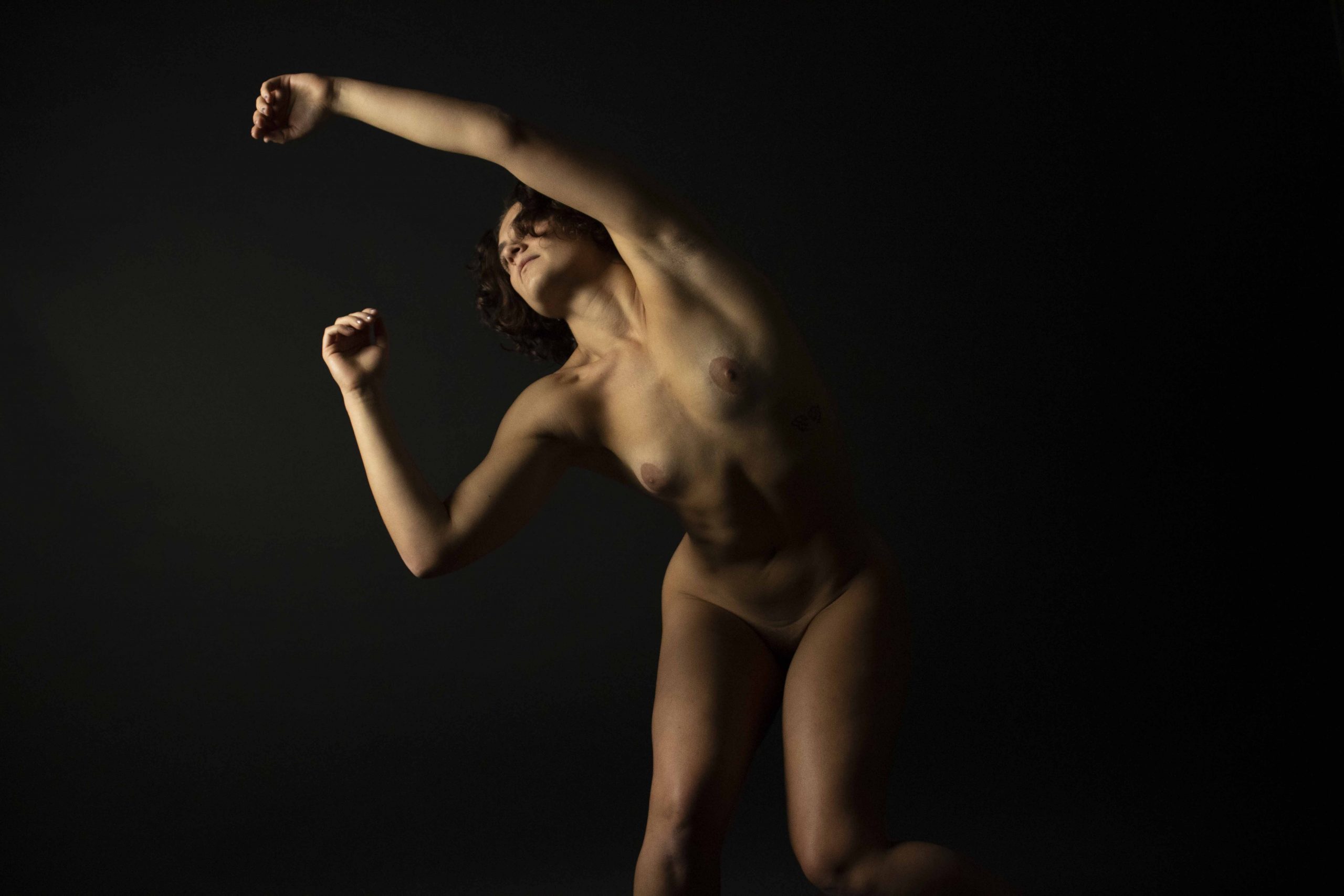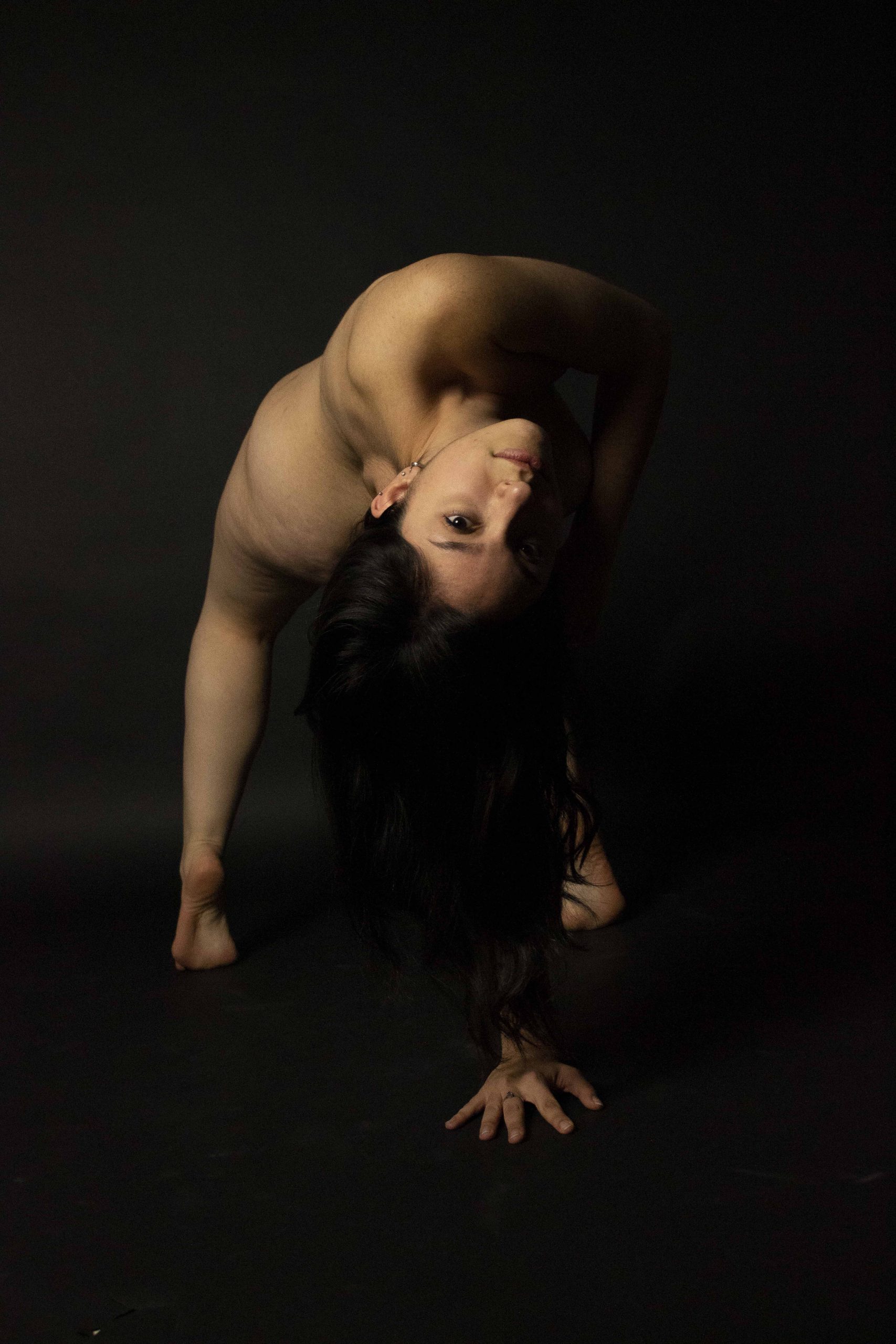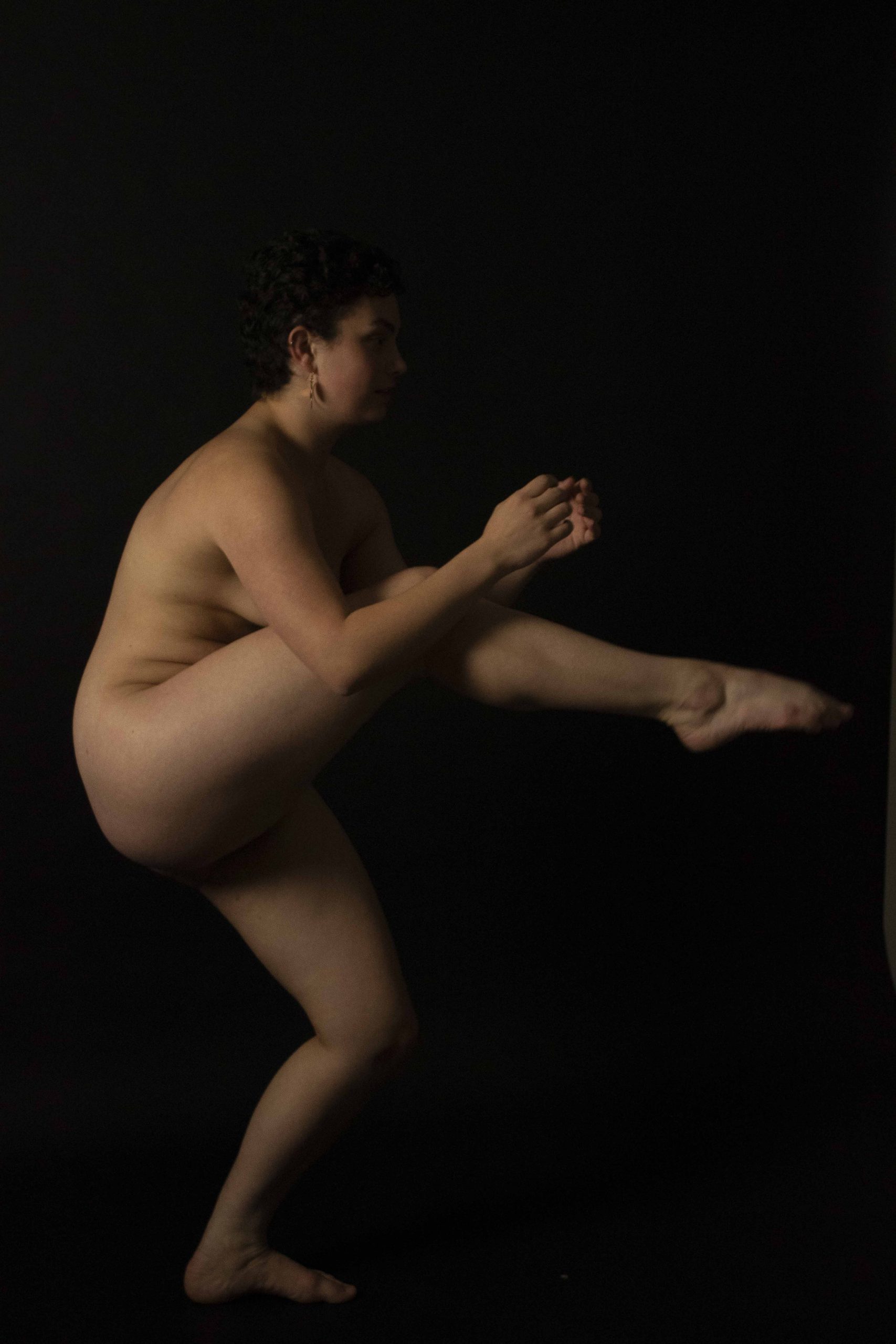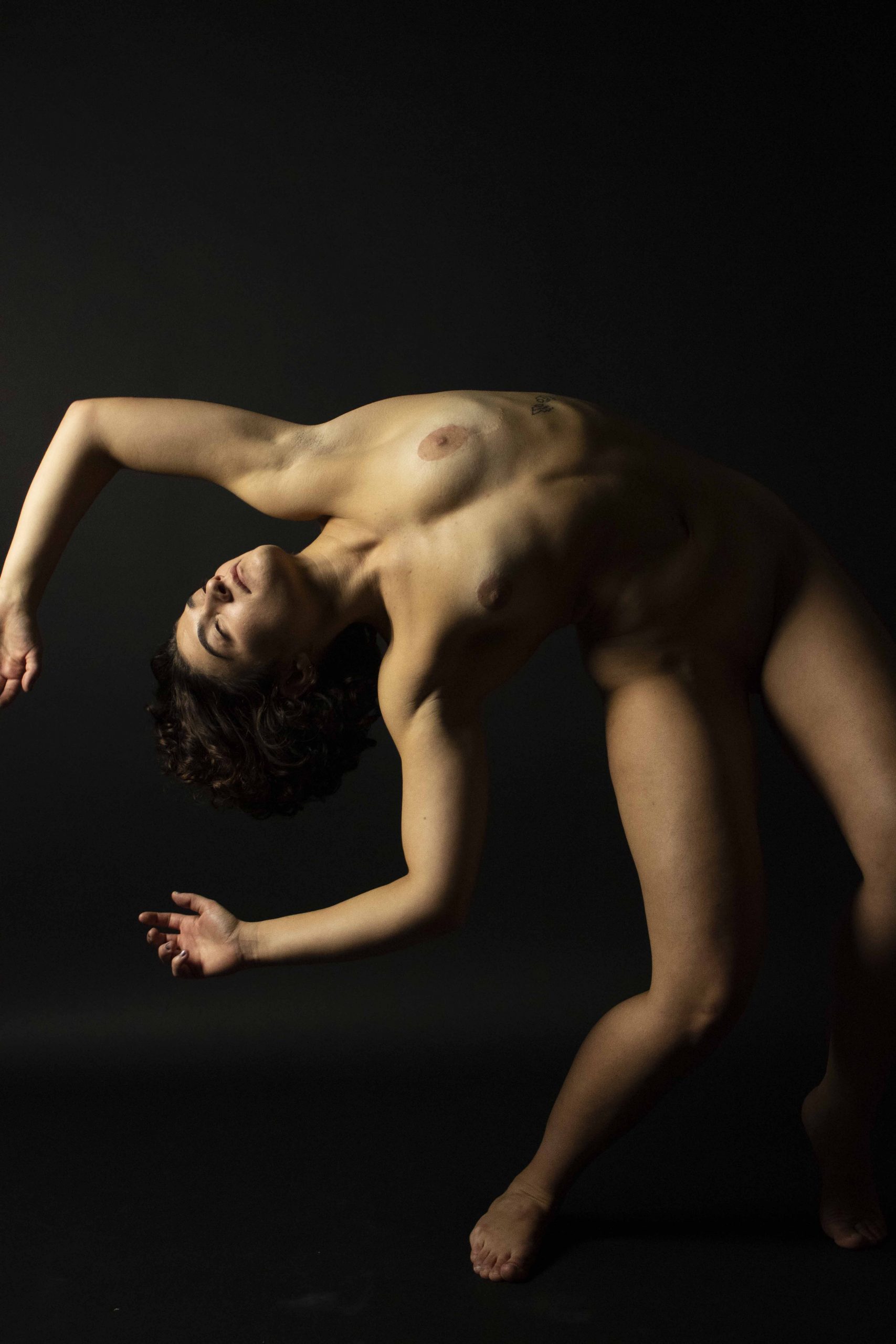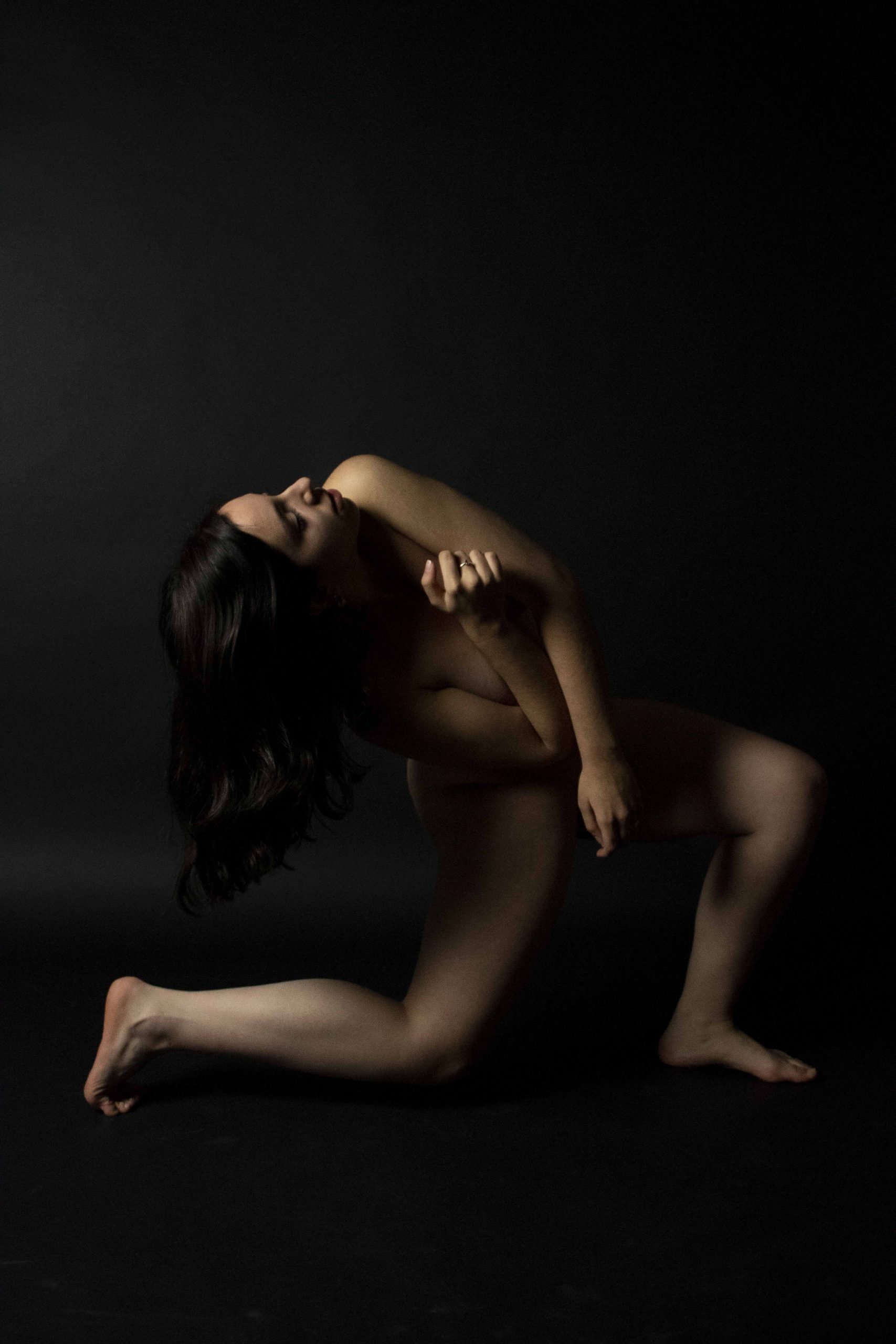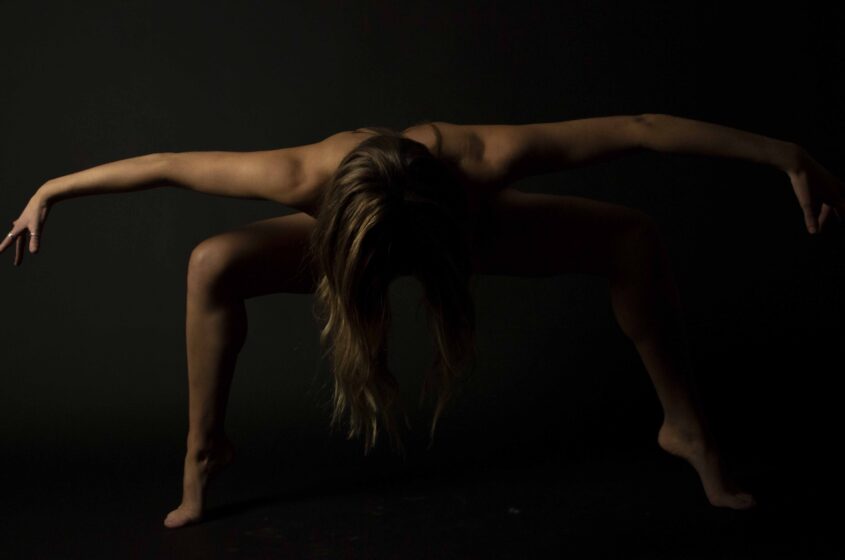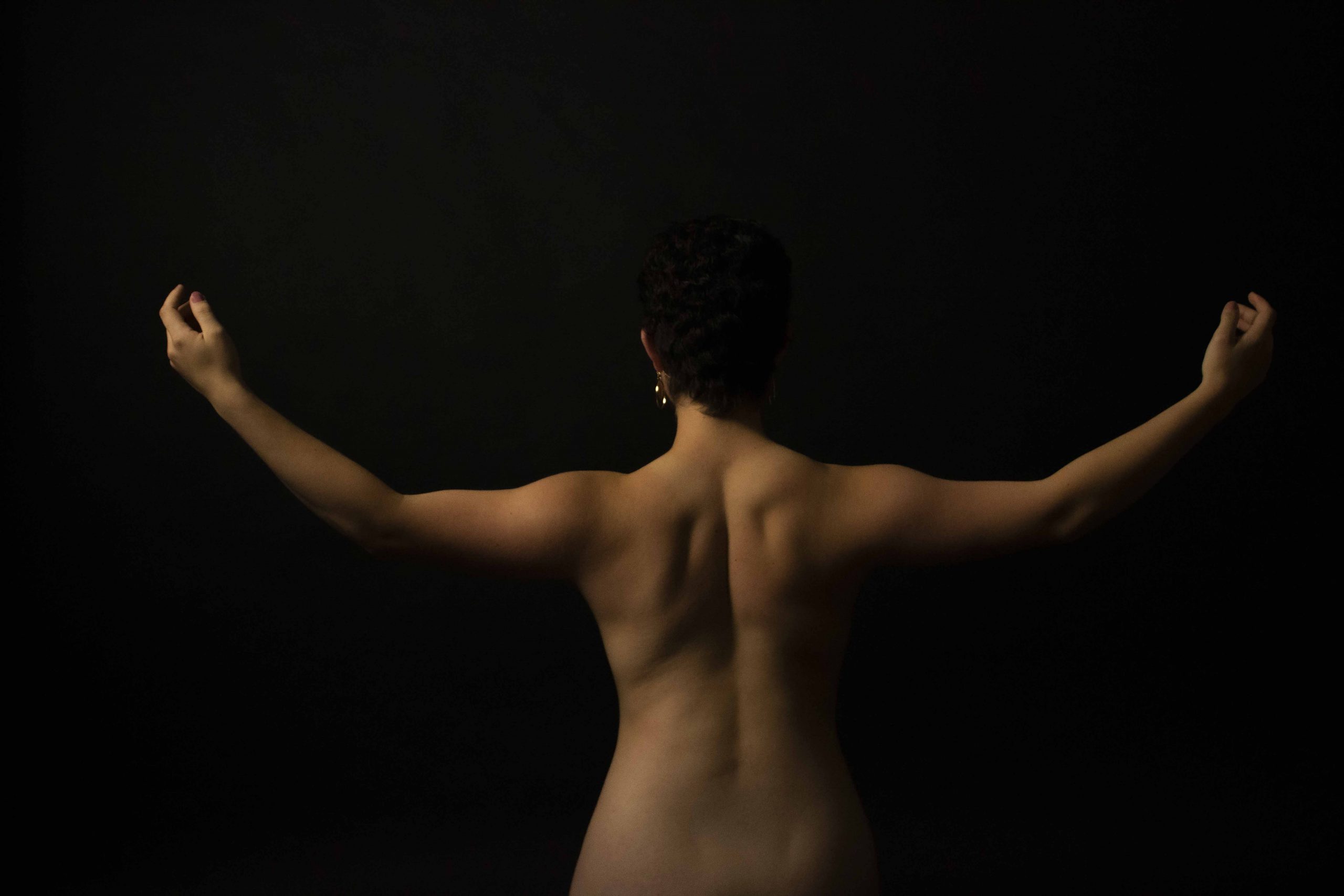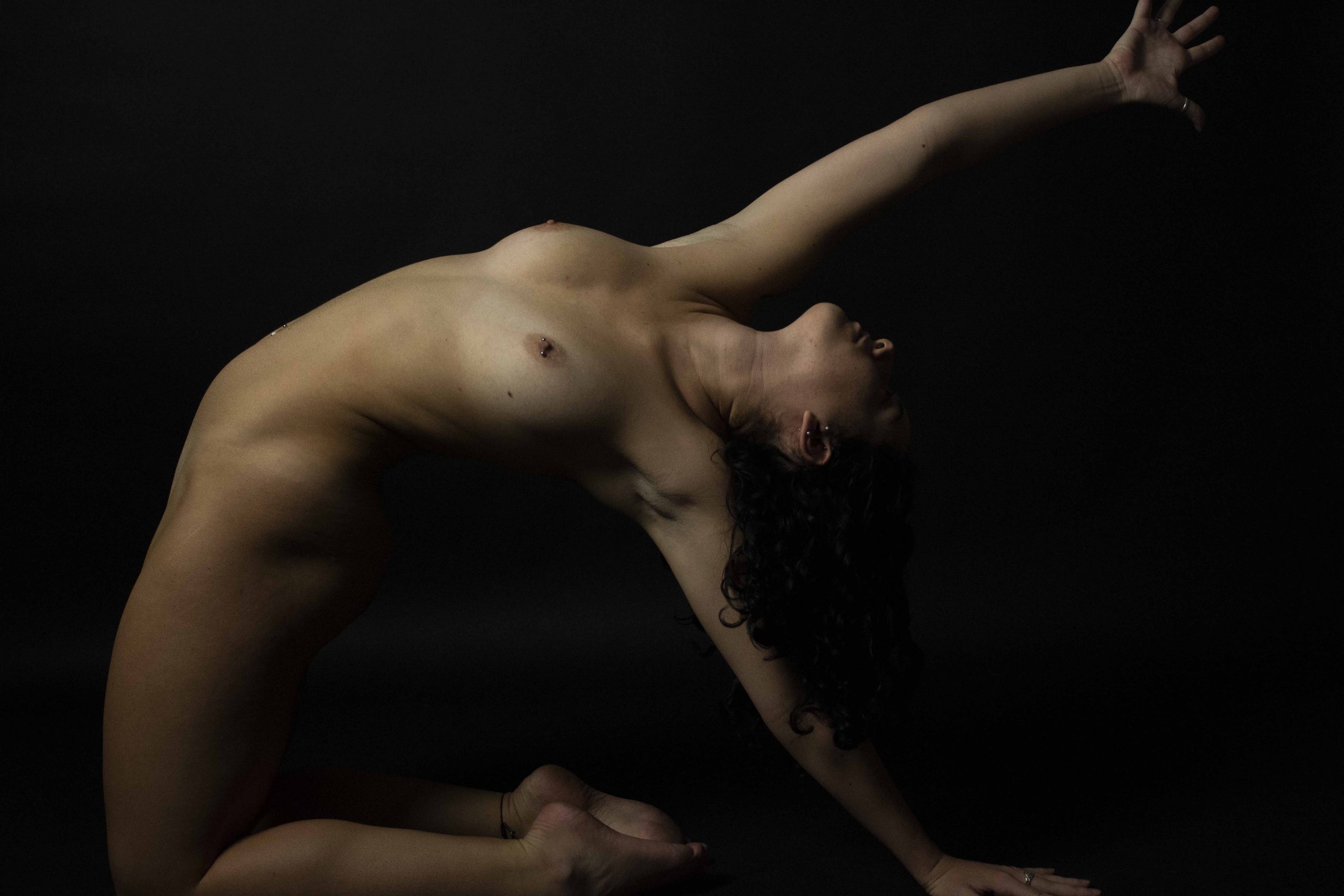Taking Back the Nude
For the longest time, I tried to figure out what the female nude should look like to combat idealism and history. The answer is the active female nude. This idea is as simple as taking something that has been historically reserved for men and transforming it into something for women. A way that I have tried to critique the history of the female nude is by creating art that does not do the same things that female nudes have done for centuries. Because she has always been portrayed as passive, I feel that she must now be active. Her strength must be undeniable and extremely apparent.
Historically, the nude has been portrayed in a very specific way for each gender. Male nudes are portrayed as active. They are strong, energetic, and ultimately ideal. They encompass poses that showcase their strength and their activism. The female nude on the other hand is passive. She is usually in a position in which she lounges upon something and looks longingly at something out of view. Even her attitude is passive in nature, as she doesn’t command the attention of the viewer (Bostrom & Malik, 1999) I too fell for this trick. For the longest time I photographed women in passive poses because they were the poses they felt most comfortable when sitting for me. I fell victim to the beautiful, aestheticized nude that so many seek after. I did not realize that in doing this, I was conforming to the standards that society has set for women for so long.
Women are socialized to understand what the ideal body is. Socialization is a driving force in many women’s lives that defy what they think they should look like. Beginning at a young age, girls are taught about how their bodies should be. Growing up, they try to morph their bodies to fit the growing standards of society.The ideal body is male. Period. It always has been. Thus, when dealing with the female nude, the sitter is already disadvantaged. They can never achieve this idealism that females so actively seek. Because this ideal body in art and in society is male (Bostrom & Malik, 1999), the female will never successfully achieve what they so desperately seek.
Something that Katrina Rolley writes about in her book Lesbian and Gay Sexualities and Visual Cultures (Rolley, 2019), is an interaction she had with one of her male companions. When viewing nude images in an exhibition it was apparent to Rolley that the women were not models. The first comment that her male companion made however, was that they must be professionals. Men don’t view women’s bodies in the same way that women do. Women are not only critical of their own bodies, they are critical of others (Rolley, 2019).
I don’t want men and women to view this series in the same way, because frankly they never will. My goal for the male viewer is for him to understand the everlasting and destructive messages that society sends to women. My goal for the female viewer is very different, in that I want female viewers to identify with the work and to relate to things that they have also been taught since a very young age. Through careful consideration of the history of the female body, these photographs seek to critique the standards that society places on it while also defying the need to continue to conform. They are a reaction to the socialization that women face their entire lives. This conclusion was not an easy one to come by. It took me various series and over a hundred shoots with different women. Each taught me something different and led me in their own ways to this conclusion. With each series, I critiqued myself more and more. I finally realized that each of these women had incredibly strong bodies that they could do astonishing things with. The answer to how to take back the female nude, was to take back our bodies.
References
Bostrom, L., & Malik, M. (1999). Re-Viewing the Nude. Art Journal, 58(1), 42-48. doi:10.2307/777880
Rolley, K. (1999). Ad(dressing) the dyke: Lesbian looks and lesbians looking. In Outlooks: Lesbian and Gay Sexualities and Visual Cultures (pp. 178-190). London, England: Routledge.
